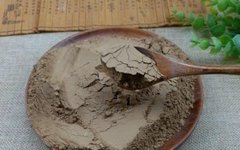
Friends who often consume Traditional Chinese Medicine (TCM) may have noticed that sometimes the medicine prescribed by doctors is a decoction, sometimes it is small pills, and at other times it is a dark, shiny paste. Faced with the various forms of TCM, confused patients can only crudely refer to them as “Chinese medicine,” while in the field of TCM, we refer to these forms of TCM as:
 Dosage Forms
Dosage Forms
The dosage form refers to a type of medication prepared based on the prescription, according to the patient’s condition and the characteristics of the medicine.
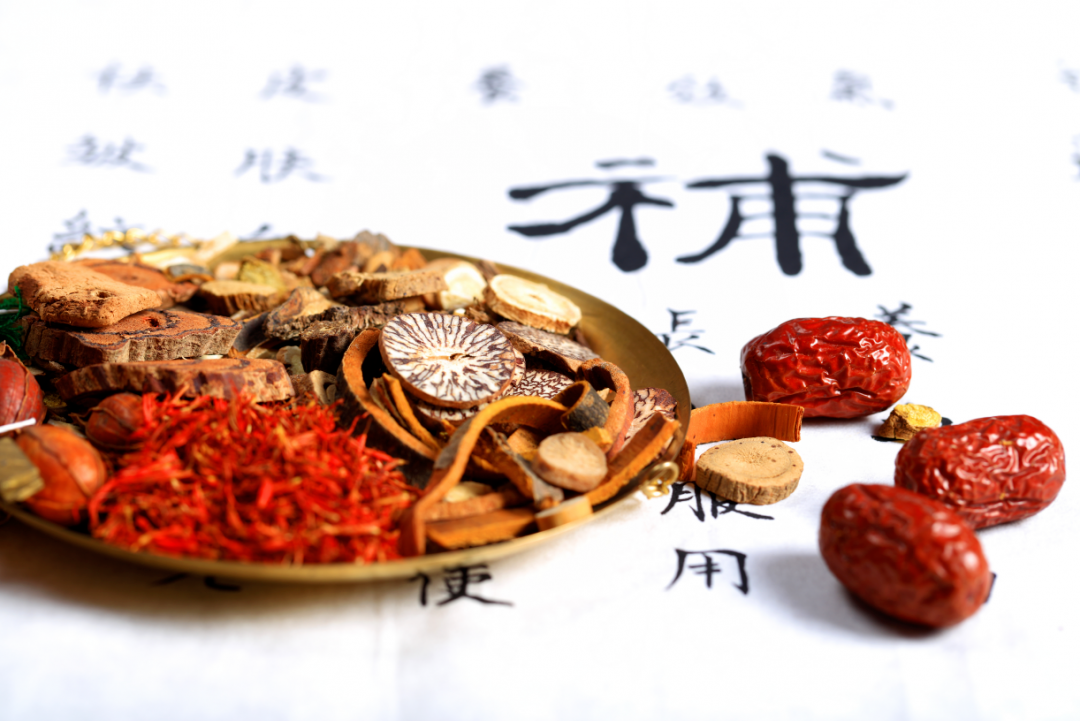
Decoction, or Tang Ji (汤剂); pills, or Wan Ji (丸剂); powders, or Fen Ji (粉剂); granules (such as Xiao Er Gan Mao Ling Granules), or Zhong Yao Pei Fang Granules (中药配方颗粒), all belong to the forms of TCM. When doctors prescribe, they choose the appropriate dosage form to maximize the efficacy of the medicine, reduce side effects, and facilitate use, storage, and transportation.
All dosage forms are variations based on TCM herbal pieces, which are fresh herbs collected and processed according to appropriate methods, ready for clinical use. There are more than 20 types of TCM dosage forms, and we will introduce four common traditional forms.
Decoction
 1What is a Decoction?
1What is a Decoction?
A decoction is the medicinal liquid obtained by boiling TCM herbal pieces under certain preparation conditions. It is the most common dosage form in clinical practice.
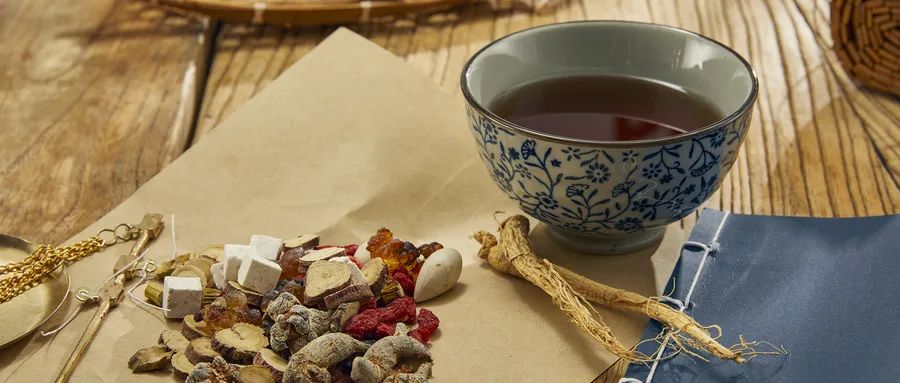 Common Applications of Decoction
Common Applications of Decoction
Decoctions can be taken internally or used externally. When taken internally, decoctions are absorbed directly by the gastrointestinal tract, quickly exerting their effects to treat various diseases.
Externally, decoctions can be used for bathing, applying, steaming, or gargling.
① Bathing and Applying
Using the medicinal liquid for bathing or applying to the affected area directly contacts the lesion, exerting its effects of dispelling wind and dampness, clearing heat and detoxifying, often used for treating sores and ulcers.
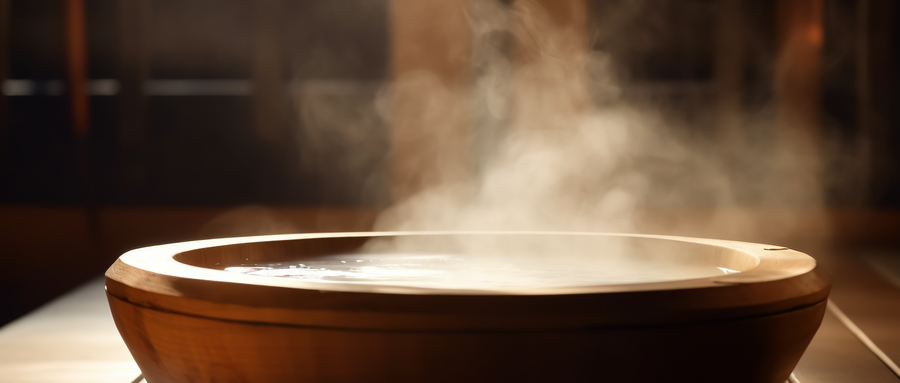
② Steaming
Allowing the medicinal vapor to penetrate the muscles and bones of the limbs, exerting its effects of dispelling wind, scattering cold, and eliminating dampness, suitable for treating diseases with external pathogens.
③ Gargling
Holding the medicinal liquid in the mouth allows it to directly reach the affected area, exerting its effects of clearing heat and detoxifying, reducing swelling and soothing the throat, suitable for treating oral and throat conditions.
Powder
 2What is Powder?
2What is Powder?
Powder (or San Ji, 散剂) refers to a dry powder preparation made by grinding and uniformly mixing raw medicinal materials or suitable excipients. Powders can be divided into two types: for internal or external use.
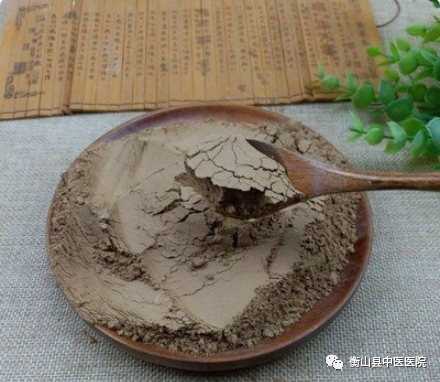
Common Applications of Powder
 ① Internal UseCommon forms of internal use of powder include two types: one is to dissolve in hot water and take it, and the other is to make it into TCM capsules, taken with warm water.Powder in capsule form has three advantages1: It can mask the unpleasant odor of the medicinal materials, making it easier to swallow;2: It can reduce the irritating effects of potent medicines on the stomach, making it more suitable for patients with sensitive gastrointestinal function;3: It improves the stability of the medicine. For light-sensitive medicines or those unstable in humid heat, they can be placed in opaque capsules to protect them from the effects of oxygen, moisture, and light in the air, avoiding adverse reactions such as moisture absorption and deterioration, thus improving their stability and facilitating storage.
① Internal UseCommon forms of internal use of powder include two types: one is to dissolve in hot water and take it, and the other is to make it into TCM capsules, taken with warm water.Powder in capsule form has three advantages1: It can mask the unpleasant odor of the medicinal materials, making it easier to swallow;2: It can reduce the irritating effects of potent medicines on the stomach, making it more suitable for patients with sensitive gastrointestinal function;3: It improves the stability of the medicine. For light-sensitive medicines or those unstable in humid heat, they can be placed in opaque capsules to protect them from the effects of oxygen, moisture, and light in the air, avoiding adverse reactions such as moisture absorption and deterioration, thus improving their stability and facilitating storage.

② External UsePowder can be used externally for treating skin problems or for aromatherapy. 1: External ApplicationWhen there is a large area of skin that needs treatment, powder can achieve a wider coverage and longer retention time for external treatment at a lower cost. Additionally, when there are injuries at joints or folds of the body, powder can comprehensively and flexibly cover the affected area.2: Aromatherapy EffectsAfter TCM herbal pieces are made into powder, the surface area of the medicinal materials increases, allowing the aromatic properties to fully disperse and be absorbed by the body through the nasal, oral, pharyngeal mucosa, and skin, thus exerting the therapeutic and health benefits of TCM.Among them, TCM sachets and medicinal pillows are the two most common applications in aromatherapy.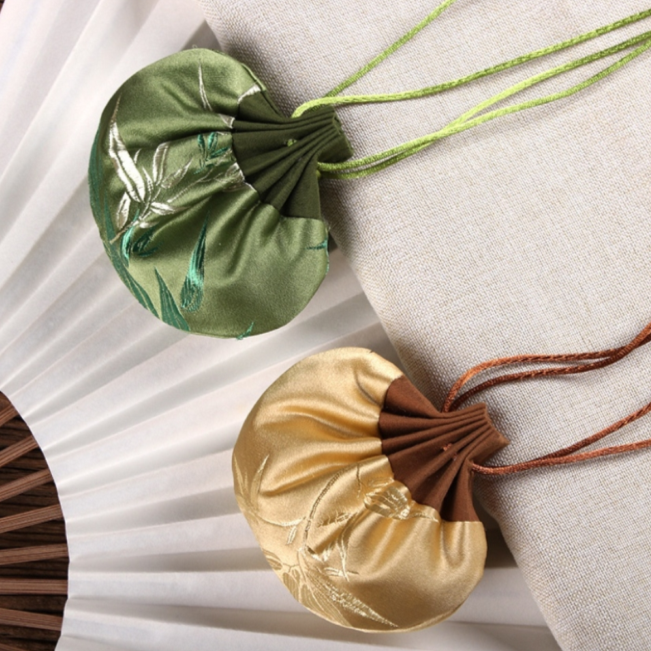
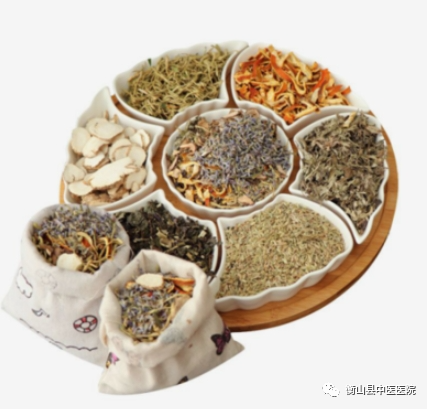
Common TCM sachets include: mosquito-repelling sachets, epidemic prevention sachets, sleep-aiding sachets, refreshing sachets, flu prevention sachets, and car deodorizing sachets.Common medicinal pillows include:neck discomfort medicinal pillows, neurasthenia medicinal pillows, insomnia medicinal pillows, dizziness and headache medicinal pillows, etc. Pills
 3What are Pills?
3What are Pills?
Pills are spherical or ball-like solid preparations made from raw medicinal materials and suitable excipients.
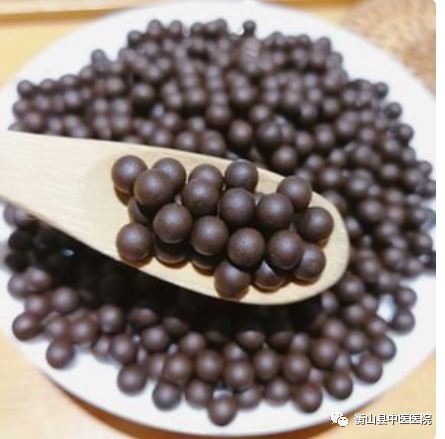
Pills are a major category of dosage forms, which can be further subdivided into different types based on the excipients used, such as concentrated pills, water pills, honey water pills, large honey pills, and small honey pills.
l Medicinal powder + water = water pills
l Medicinal powder + water + honey = honey water pills
l Medicinal powder + concentrated decoction (+ water) = concentrated water pills
l Medicinal powder + concentrated decoction + honey (+ water) = concentrated honey water pills
l Medicinal powder + honey = honey pills
Each pill weighing 0.5g or more is called a large honey pill, while those weighing less than 0.5g are called small honey pills.
Pill Characteristics 1. Slow drug release, long-lasting effects.2. Suitable for treating chronic diseases or harmonizing qi and blood after illness.3. Reduces irritation: due to the slow release of the drug, pills can delay the absorption of toxic and irritating medicines, thus reducing side effects.4. Reduces volatility: aromatic medicines or those with unpleasant odors can be encapsulated within the inner layer of the pill or coated to reduce the impact of volatile odors on medication adherence.5. Convenient to take and carry: taken with warm water, easy to consume; small packaging units make them easy to carry.Pills Suitable for Conditions
1. Slow drug release, long-lasting effects.2. Suitable for treating chronic diseases or harmonizing qi and blood after illness.3. Reduces irritation: due to the slow release of the drug, pills can delay the absorption of toxic and irritating medicines, thus reducing side effects.4. Reduces volatility: aromatic medicines or those with unpleasant odors can be encapsulated within the inner layer of the pill or coated to reduce the impact of volatile odors on medication adherence.5. Convenient to take and carry: taken with warm water, easy to consume; small packaging units make them easy to carry.Pills Suitable for Conditions
1. Chronic diseases, weakness-related diseases
Pills have a long course of treatment and are cost-effective.
(Due to the characteristics of the medicinal materials, dosage forms, and processing characteristics, some acute conditions may also use pills, such as An Gong Niu Huang Wan, Su He Xiang Wan, Shi Xiang Fan Sheng Wan, etc.)
2. Nodular and hyperplastic diseases
Gradual medication reduces discomfort reactions.
3. Spleen and stomach deficiency, kidney deficiency, qi deficiency
Pills release the drug slowly, reducing stimulation to the body.
Paste
 4What is Paste?
4What is Paste?
Paste (also known as decoction paste or gao zi, 膏滋) refers to a semi-fluid preparation made by boiling herbal pieces in water, concentrating the decoction, and adding honey or sugar, xylitol, etc. Depending on the degree of concentration, paste can be subdivided into flowing paste (tender paste), canned paste (medium paste), and sliced paste (old paste).
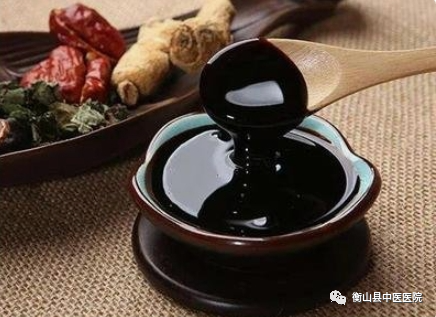

Characteristics of Paste
Paste generally consists of 20 to over 40 different medicinal herbs, and in special cases, can use over a hundred medicinal herbs, belonging to the category of large prescriptions and compound prescriptions. Among various TCM dosage forms, paste extracts the essence of the medicine, with concentrated doses, small quantity but high quality, sweet and pleasant to take, suitable for long-term use, and is a type of medicinal product with comprehensive effects of nourishment, treatment, and prevention, making it the first choice for tonifying and conditioning.
Suitable Population for Paste Paste is suitable for people with imbalances in yin and yang, qi and blood, and body fluids, including patients with chronic diseases, women, sub-healthy individuals, middle-aged and elderly people, and those recovering from illness, surgery, or childbirth. When prescribing, doctors will consider the characteristics of the medicinal materials, the patient’s condition, and the context of use to select the most suitable TCM dosage form for the patient, aiming to fully utilize the efficacy of the medicinal materials and facilitate patient medication and storage.
Paste is suitable for people with imbalances in yin and yang, qi and blood, and body fluids, including patients with chronic diseases, women, sub-healthy individuals, middle-aged and elderly people, and those recovering from illness, surgery, or childbirth. When prescribing, doctors will consider the characteristics of the medicinal materials, the patient’s condition, and the context of use to select the most suitable TCM dosage form for the patient, aiming to fully utilize the efficacy of the medicinal materials and facilitate patient medication and storage.
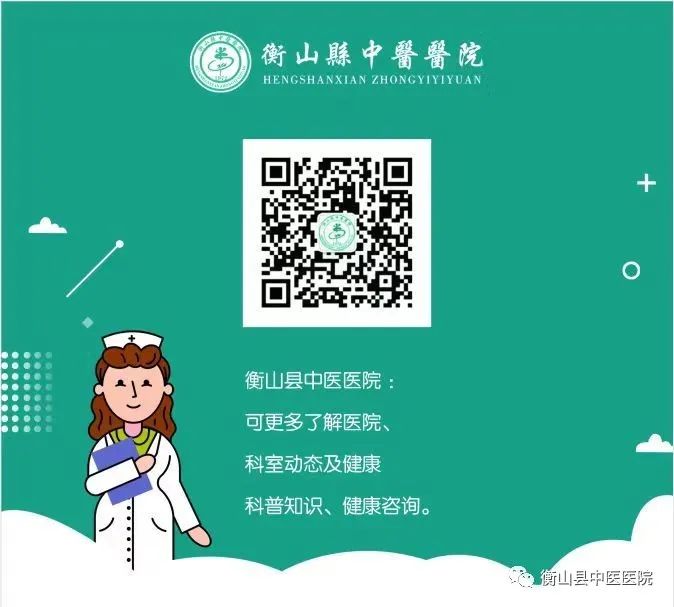
Source: Network
Editor: Chen Xiangqin
Initial Review: Yang Fen
Final Review: Zeng Yongheng

